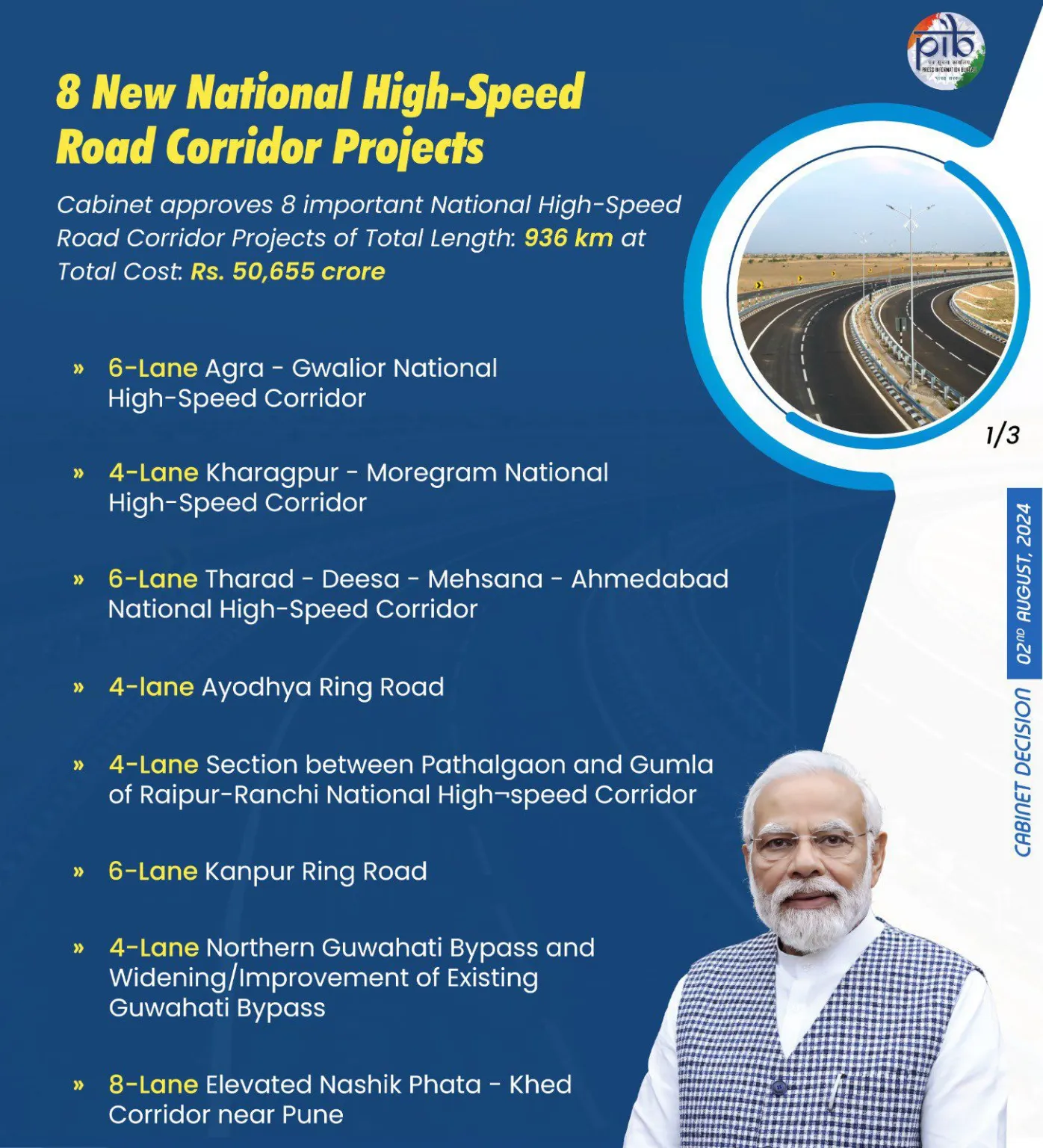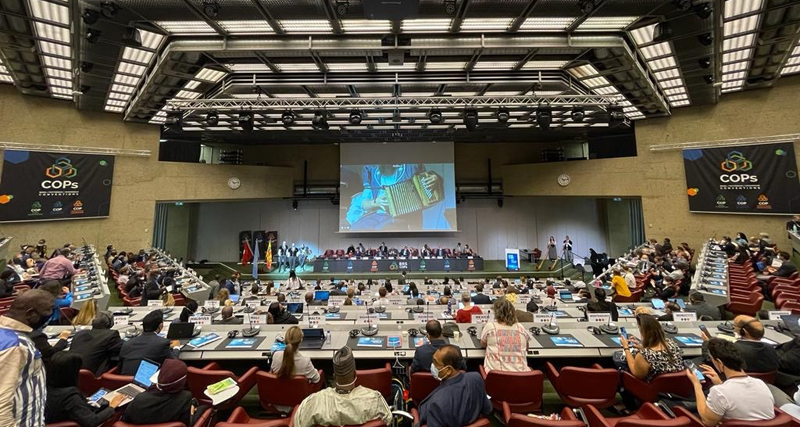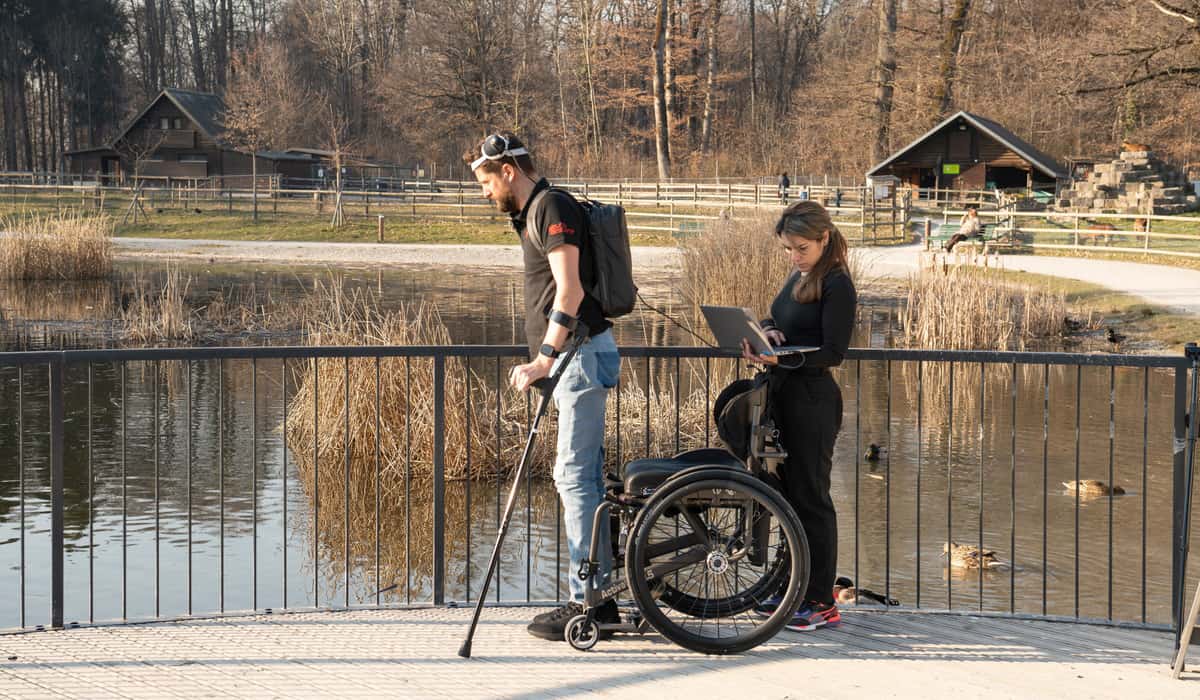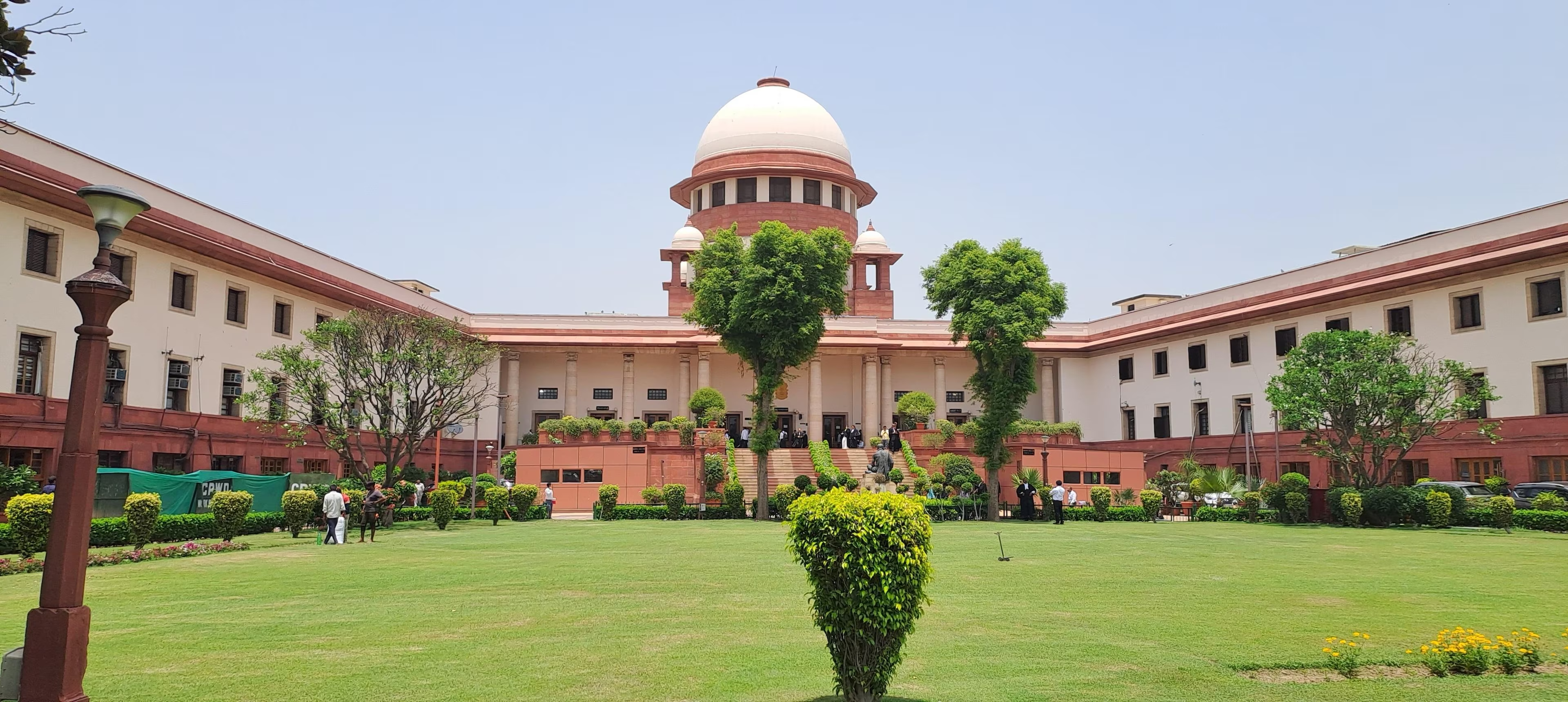- Courses
- GS Full Course 1 Year
- GS Full Course 2 Year
- GS Full Course 3 Year
- GS Full Course Till Selection
- CSAT
- 5 LAYERED ARJUNA Mentorship
- Public Administration Optional
- Online Program
- GS Recorded Course
- NCERT (Recorded 500+ Hours)
- Polity Recorded Course
- Geography Recorded Course
- Economy Recorded Course
- AMAC Recorded Course
- Modern India, Post Independence & World History
- Environment Recoded Course
- Governance Recoded Course
- Science & Tech. Recoded Course
- International Relations and Internal Security Recorded Course
- Disaster Management Module Course
- Ethics Recoded Course
- Essay Recoded Course
- Current Affairs Recoded Course
- ABOUT US
- OUR TOPPERS
- TEST SERIES
- FREE STUDY MATERIAL
- VIDEOS
- CONTACT US
Government Push for Infrastructure Projects
Government Push for Infrastructure Projects

In a big push to infrastructure spending, the Union government recently approved eight national high-speed corridor projects under which 936-km length highways will be constructed at a cost Rs 50,655 crore.
- After a meeting of the Prime Minister-chaired Cabinet Committee on Economic Affairs (CCEA), a statement by the government said the implementation of these projects will generate 4.42 crore mandays of direct and indirect employment.
- Four of these eight highways will be executed under the Build-Operate-Transfer (BOT) model, indicating the government’s keenness to return to PPP (Public Private Partnership) projects.
- In the last financial year, only one of the total 176 projects was tendered under the BOT model.
Key Points:
Employment Generation:
- Impact: The implementation of these projects is expected to generate 4.42 crore mandays of direct and indirect employment. This means that the projects will create significant job opportunities, contributing to economic growth and development. The construction and maintenance phases of these projects will require a substantial workforce, providing employment to both skilled and unskilled labor.
Project Models:
Build-Operate-Transfer (BOT) Model:
- Projects: Four out of the eight projects will be executed under the BOT model.
- Significance: This indicates the government's renewed focus on Public Private Partnership (PPP) projects. In the last financial year, only one project was tendered under the BOT model, highlighting the shift in the government's approach towards infrastructure development.
- Mechanism: Under the BOT model, private players take on the investment risk, build the projects fully on their own, and maintain them for a specified period (concession period). They recover their costs by collecting toll during this period. This model encourages private sector participation and reduces the financial burden on the government.
- Projects Under BOT:
- Rs 4,613 crore, 88-km six-lane Agra-Gwalior fully access-controlled high-speed corridor.
- Rs 10,534 crore, 214-km, six-lane Tharad-Deesa-Mehsana-Ahmedabad corridor.
- Rs 5,729 crore, 121-km, four-lane Guwahati Ring Road.
- Rs 7,827 crore, 30-km eight-lane, Nashik Phata-Khed corridor.
Hybrid Annuity Model (HAM):
- Projects: Three projects will be executed under the HAM model.
- Mechanism: HAM is a blend of the EPC and BOT models. NHAI pays up to 40% of the project cost, and the private player raises the balance. The private company maintains the road for the duration of the concession period, but the government collects the toll. This model allows the private player to limit its risk while still participating in the project.
- Projects Under HAM:
- Rs 10,247 crore, 231-km four-lane Kharagpur-Moregram corridor.
- Rs 3,935 crore, 68-km, four-lane Ayodhya Ring Road.
- Rs 4,473 crore, 137-km, four-lane Pathalgaon-Gumla section of Raipur-Ranchi corridor.
Engineering, Procurement, and Construction (EPC) Model:
- Projects: One project will be executed under the EPC model.
- Mechanism: Under the EPC model, the company building the road does not carry any financial risk. The government pays for the construction, owns the road, maintains it, and collects the toll. This model is suitable for projects where the government wants to retain full control and responsibility.
- Project Under EPC:
- Rs 3,298 crore, 47-km six-lane, Kanpur Ring Road.
Liberalised Model Concession Agreement:
- Amendment: The Ministry of Road Transport and Highways amended the Model Concession Agreement for Capacity Augmentation on BOT or toll projects on March 15, 2024.
- Changes: The amendments made the agreement more attractive to private players by introducing more liberal compensation, extending the concession period, and enhancing termination payments. These changes aim to address the concerns of private players and make PPP projects more viable and attractive.
- Objective: The government hopes these changes will encourage the private sector to assume some financial risk and return to building highways under the PPP mode. By incentivizing private sector participation, the government can accelerate infrastructure development and reduce the strain on public finances.
- New Concept: Introduced a new concept called ‘construction support’, where NHAI will pay up to 40% of the total project cost to the company building the highway in 10 installments linked to physical progress in construction. Previously, NHAI provided only equity support. This concept provides additional financial support to private players, making it easier for them to participate in these projects.
Benefits of Specific Projects:
- Agra-Gwalior Corridor: Will reduce the distance by 7% and halve the travel time. This project will improve connectivity between Agra and Gwalior, making it easier and faster for people and goods to move between these cities.
- Kharagpur-Moregram Highway: Will reduce travel time for freight from 9-10 hours to 3-5 hours, benefiting the economy of West Bengal and the Northeast. This project will enhance the efficiency of freight movement, lowering logistics costs and boosting the regional economy.
- Tharad-Ahmedabad Highway: Will improve logistics efficiency by about 60%. This project will facilitate the faster and more efficient movement of goods between Tharad and Ahmedabad, contributing to the growth of trade and commerce in the region.
Government’s Strategy:
- PPP Revival: The government is keen on reviving PPP projects, as seen in the increased number of BOT projects. By leveraging the strengths of both the public and private sectors, the government can accelerate infrastructure development and ensure the efficient use of resources.
- Infrastructure Boost: These projects are part of a broader strategy to boost infrastructure, which is crucial for economic growth and development. By enhancing connectivity and facilitating the movement of people and goods, these projects will contribute to the overall growth and prosperity of the country.
- Employment: The projects will create both direct and indirect employment opportunities, contributing to the economy. The construction and maintenance phases of these projects will require a substantial workforce, providing employment to both skilled and unskilled labor.
Government’s Road Map for Infrastructure Development
- Focus on Public-Private Partnerships (PPP):
- Emphasis on private sector involvement to mitigate investment risks and manage project execution.
- Amendments to Concession Agreements:
- Previous System: Fixed compensation, short concession periods, low termination payments.
- New System: Liberalized compensation, extended concession periods, higher termination payments.
- Introduction of Construction Support:
- NHAI can pay up to 40% of the project cost in ten instalments based on physical progress.
- Economic Impact:
- Projects aim to enhance regional economies, particularly in West Bengal and the North East.
Progress in Highway Construction in India
- Increase in National Highways Length:
- 2013-14: 0.91 lakh km
- 2024: 1.46 lakh km
- Annual Construction Rate:
- 2004-14: Approximately 4,000 km/year
- 2014-24: Approximately 9,600 km/year
- Capital Investment:
- 2013-14: Rs. 50,000 crores
- 2023-24: Rs. 3.1 lakh crores
- Development Approach:
- Corridor-based approach focusing on consistent standards, user convenience, and logistics efficiency.
|
Related Infrastructure Development Schemes
|
Challenges to Infrastructure Development in India:
- Physical Infrastructure:
- Land Acquisition: Issues with resettlement and compensation.
- Funding: Challenges in securing funds due to limited resources and private sector constraints.
- Technology and Expertise: Shortages in advanced technology and skilled workers.
- Political and Regulatory Risk:
- Approvals and Opposition: Delays in project approvals and community opposition.
- Contractual Issues: Perceived risk of denial of government payments affecting future investments.
- Geographical Challenges:
- Topography: Diverse terrain causing engineering challenges.
- Weather Conditions: Extreme weather events disrupting projects.
- Corruption and Inefficiency:
- Bureaucracy: Corruption and bureaucratic red tape causing delays and cost overruns.
- Policy Inconsistencies:
- Regulatory Environment: Conflicting policies creating investment uncertainties.
- Digital Divide:
- Access Issues: Limited digital infrastructure in rural areas.
- Cybersecurity: Rising concerns over cybersecurity and privacy.
Steps for Improvement
- Investment in Social Infrastructure:
- Focus on education, health, and sanitation to enhance overall quality of life and economic productivity.
- Increased Public-Private Partnerships (PPPs):
- Engage private sector for financing, designing, and managing infrastructure projects.
- Improved Project Planning and Implementation:
- Streamline processes to ensure timely and efficient project completion.
- Innovative Financing Solutions:
- Explore methods such as infrastructure bonds to mobilize additional funding.
- Encouraging Foreign Direct Investment (FDI):
- Create a favorable investment climate by easing regulations.
- Building Human Capital:
- Invest in job training, education, and research. Support initiatives like Skill India, NSDC, and PMKVY.
- Effective Regulation:
- Establish standards for quality, safety, and transparency. Conduct independent inspections to ensure compliance.
Conclusion:
As India advances towards becoming a global economic powerhouse, the strategic development of its infrastructure will be instrumental in boosting regional economies, enhancing logistics, and facilitating seamless connectivity. The emphasis on sustainable and inclusive growth through well-planned infrastructure projects will not only support economic development but also improve the standard of living for millions of citizens.
Must Check: Best IAS Coaching In Delhi
UPSC Prelims Result 2024 Out: Expected Cut Off & Other Details, UPSC Prelims 2024 Answer with Explanation, Daily Prelims Quiz, Daily Current Affairs, MONTHLY CURRENT AFFAIRS TOTAL (CAT) MAGAZINE, Best IAS Coaching Institute in Karol Bagh, Best IAS Coaching Institute in Delhi, Daily Mains Question Answer Practice, ENSURE IAS UPSC Toppers, UPSC Toppers Marksheet, Previous Year Interview Questions, UPSC Syllabus




